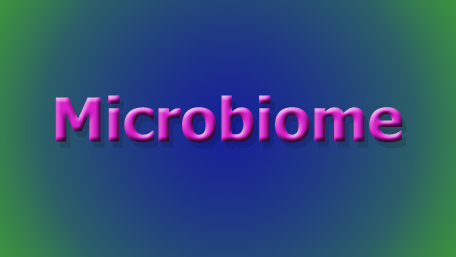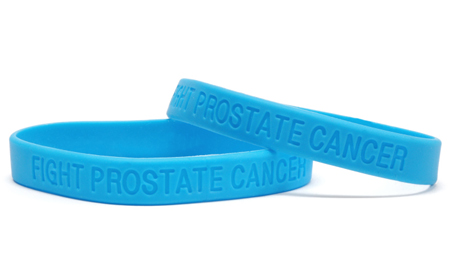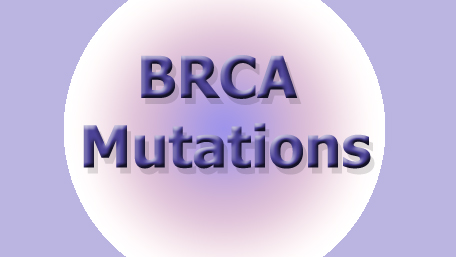
Apr 21, 2024
Last Posted: Apr-21-2024 12:50:02
From the abstract: "Population-based genomic screening may help diagnose individuals with disease-risk variants. Here, we perform a genome-first evaluation for nine disorders in 29,039 participants with linked exome sequences and electronic health records (EHRs). We identify 614 individuals with 303 pathogenic/likely pathogenic or predicted loss-of-function (P/LP/LoF) variants, yielding 644 observations; 487 observations (76%) lack a corresponding clinical diagnosis in the EHR."
From the article: "The gut microbiome plays an important part in a number of gastrointestinal conditions, including Clostridioides difficile infection and inflammatory bowel disease. Interest in modulating the gut microbiome, through prebiotics, probiotics, and natural or artificial microbiota therapeutics, has increased markedly in the past decade. Although the field has developed rapidly, it has faced reproducibility issues and encountered safety and regulatory hurdles. This two-part Series explores the development and promise of artificial microbiome therapeutics, and the current and future perspectives for microbiota therapies for treating inflammatory bowel disease. "
Development and Validation of an 18-Gene Urine Test for High-Grade Prostate Cancer
From the article: "Can a new 18-gene urinary test for high-grade prostate cancer (ie, grade group [GG] 2 or greater) improve prostate-specific antigen (PSA) screening outcomes relative to existing biomarker tests? Findings: In this diagnostic study including 761 men in the development cohort and 743 men in the validation cohort, novel cancer-specific and high-grade cancer-specific genes were identified from RNA sequencing data and optimally modeled in a development cohort, yielding an 18-gene test for high-grade prostate cancer. Applying a testing approach with 95% sensitivity for high-grade prostate cancer to an external validation population, use of the 18-gene test would have reduced the number of unnecessary biopsies performed relative to current guideline-endorsed tests. Meaning: The new 18-gene prostate cancer test may reduce more burdensome additional testing (eg, imaging and biopsy) while maintaining highly sensitive detection of high-grade cancer in patients undergoing PSA screening. "
Postpartum Breast Cancer and Survival in Women With Germline BRCA Pathogenic Variants
From the article: "Is postpartum diagnosis an independent risk factor associated with mortality among patients with young-onset breast cancer with germline BRCA1/2 pathogenic variants (PVs)? Findings: This cohort study including 903 women with BRCA germline PVs found that a breast cancer diagnosis less than 10 years post partum was associated with higher risk of mortality compared with nulliparous women and women diagnosed at least 10 years post partum. Increased risk after childbirth varied, with highest risk at less than 5 years for women with ER-positive breast cancer vs 5 to less than 10 years for women with ER-negative breast cancer, and BRCA1 carriers had peak risk of mortality 5 to less than 10 years post partum, with no associations observed for BRCA2 carriers. Meaning: These findings suggest that a breast cancer diagnosis within 10 years of childbirth was independently associated with increased risk for mortality in patients with germline BRCA1/2 PVs, especially for carriers of BRCA1 PVs."
Hot Topics of the Day are picked by experts to capture the latest information and publications on public health genomics and precision health for various diseases and health topics. Sources include published scientific literature, reviews, blogs and popular press articles.
Sign up to receive the daily hot topic email alert.
Archived Hot Topics of the Day By Date- Page last reviewed:Feb 1, 2024
- Page last updated:Apr 21, 2024
- Content source:





